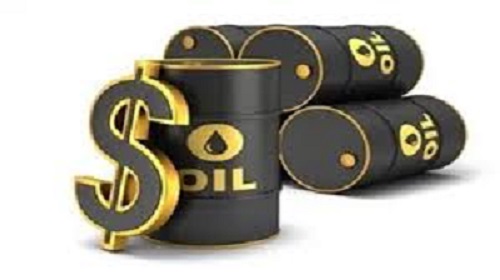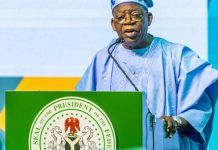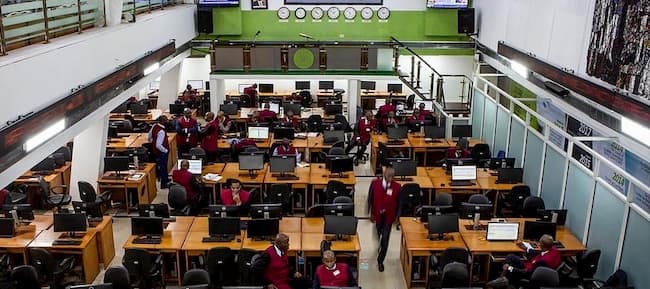More indications that the implementation of the 2019 financial estimates presented to the National Assembly by President Muhammadu Buhari, a couple of weeks ago, may be difficult emerged yesterday as oil price slumped to $49.9 before it recovered to $51 later in the day.
The slide was the lowest since July 2017 as the market turmoil and worries over United States supply countered the plan by the Organisation of Petroleum Exporting Countries (OPEC) and other producers to extend or deepen production cuts.
Buhari’s estimates are predicated on an average price of $60 but that has not happened since the budget was presented, heightening fears that the budget might be dead on arrival.
OPEC and its allies, including Russia, agreed to cut output early this month, to boost oil price.
But the price, which had climbed to $86 in October, slumped below $50 yesterday as investors are sceptical the output cuts will be sufficient to dent growing supplies, especially from US shale. Futures fell as much as 1.1 percent yesterday on the first day of trading after Monday’s 6.2 per cent drop.
The global benchmark, Brent declined as much as 54 cents to $49.93 a barrel, before paring losses to finally trade at $51.05 per barrel.
Prices plunged $3.35 to $50.47 on Monday. Trading was closed on Tuesday for the Christmas holiday.
United States crude was 62 cents higher at $43.15 a barrel on the New York Mercantile Exchange.
The contract slumped $3.06 to $42.53 on Monday.
Russian Energy Minister Alexander Novak tried to reassure investors, saying the market will be more stable in the first half of 2019 due to the deal between OPEC and its allies to cut output.
Novak added that producers will react if the situation changes.
Despite Novak’s assurance, the Head of Russian oil company, Rosneft, Igor Sechin, predicted an oil price of $50-$53 in 2019, far below the four-year high of $86, which Brent crude reached in October..
Sechin, an ally of Russian President, Vladimir Putin and a critic of OPEC, said the price slump was mostly linked to the US rate hike announced last week.
Bloomberg also reported that oil has plunged more than 40 per cent from a four-year high in October on the prospect of a supply glut.
Reuters reported that crude has been caught up in wider financial market weakness as the US government shutdown, higher US interest rates and the US-China trade dispute unnerved investors and exacerbated worries over global growth.
As investors are skeptical the OPEC cuts will be sufficient to dent growing supplies, especially from US shale, President Donald Trump’s trade war with China and the Federal Reserve’s policy on interest rates have clouded the global economic outlook.
While OPEC and its partners are scheduled to meet in April 2019, they can hold a meeting at any time if a quick response is required, Novak said in an interview with Rossiya 24 TV channel.
That follows the United Arab Emirates energy minister’s remarks, signalling the producers could hold an extraordinary OPEC meeting and discuss additional curbs if needed. Meanwhile, the US administration is struggling to contain the market turmoil, which intensified in the wake of a Bloomberg News report that Trump had discussed firing Fed Chairman, Jerome Powell.
While the US president expressed confidence in Treasury Secretary, Steve Mnuchin, the Fed and the economy on Tuesday, that hasn’t calmed markets.














